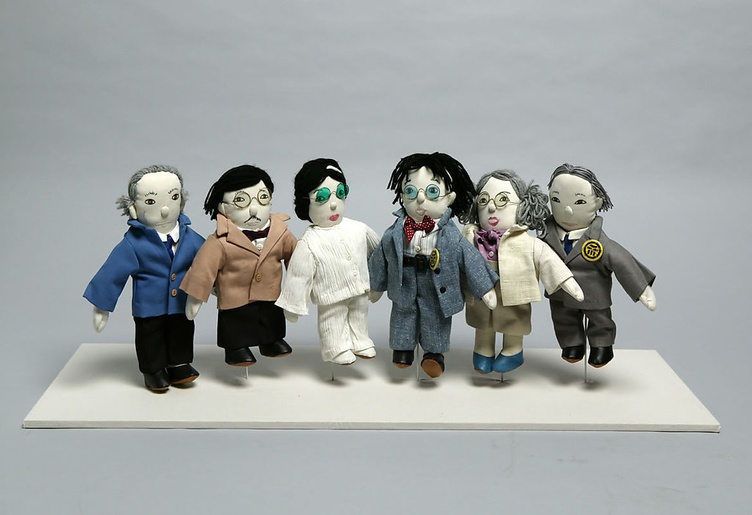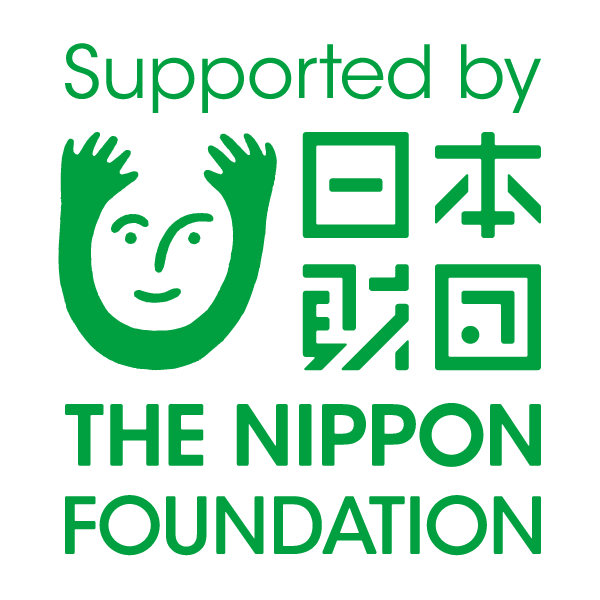Five Views of Redress: Celebrating the 20th Anniversary

|
||
| Licensing | ||
The Civil Liberties Act of 1988 culminated almost two decades of struggle to win official government acknowledgement of the violation of Japanese American constitutional rights during World War II. The Act called for a formal apology written by the president and the token reparations amount of twenty thousand dollars for each surviving person who had been incarcerated in America’s concentration camps during World War II. This unprecedented event had ramifications for those Japanese Americans who had been denied due process of law as well as for all American citizens whose freedoms and liberties are protected under the United States Constitution.
In celebration of the 20th anniversary of the Civil Liberties Act of 1988, the Japanese American National Museum invited five notable community members to explore the museum’s permanent collection and to select artifacts for display that symbolize the significance of the movement for redress and reparations. The accompanying labels present the reflections and words of these distinguished guest curators.
The selection of objects reflecting the diverse experiences of these five individuals highlights the richness and depth of the National Museum’s exceptional permanent collection. The items also reveal the varied ways in which the WWII incarceration experience and the redress movement continue to resonate within the lives, memories, and imagination of Japanese Americans.
The five guest curators are Frank Emi, Aiko Herzig-Yoshinaga, The Honorable Daniel K. Inouye, Eric Nakamura, and Cynthia Kadohata.







 editor
editor
 Discover Nikkei Illustrations by Roxsy Lin
Discover Nikkei Illustrations by Roxsy Lin Nima-kai Traditions: Matsuri
Nima-kai Traditions: Matsuri Nima-kai Kodomo no Hi Traditions
Nima-kai Kodomo no Hi Traditions Nima-kai Hinamatsuri Traditions
Nima-kai Hinamatsuri Traditions Nima-kai Oshogatsu Traditions
Nima-kai Oshogatsu Traditions Nikkei Names: Writing Workshop in Gardena
Nikkei Names: Writing Workshop in Gardena Nikkei Names: Writing Workshop in Anaheim
Nikkei Names: Writing Workshop in Anaheim Nikkei Names: Writing Workshop in San Jose
Nikkei Names: Writing Workshop in San Jose Nikkei Names: Writing Workshop in Seattle
Nikkei Names: Writing Workshop in Seattle Nikkei Names: Writing Workshop in Burnaby, BC
Nikkei Names: Writing Workshop in Burnaby, BC
 Journal feed
Journal feed
